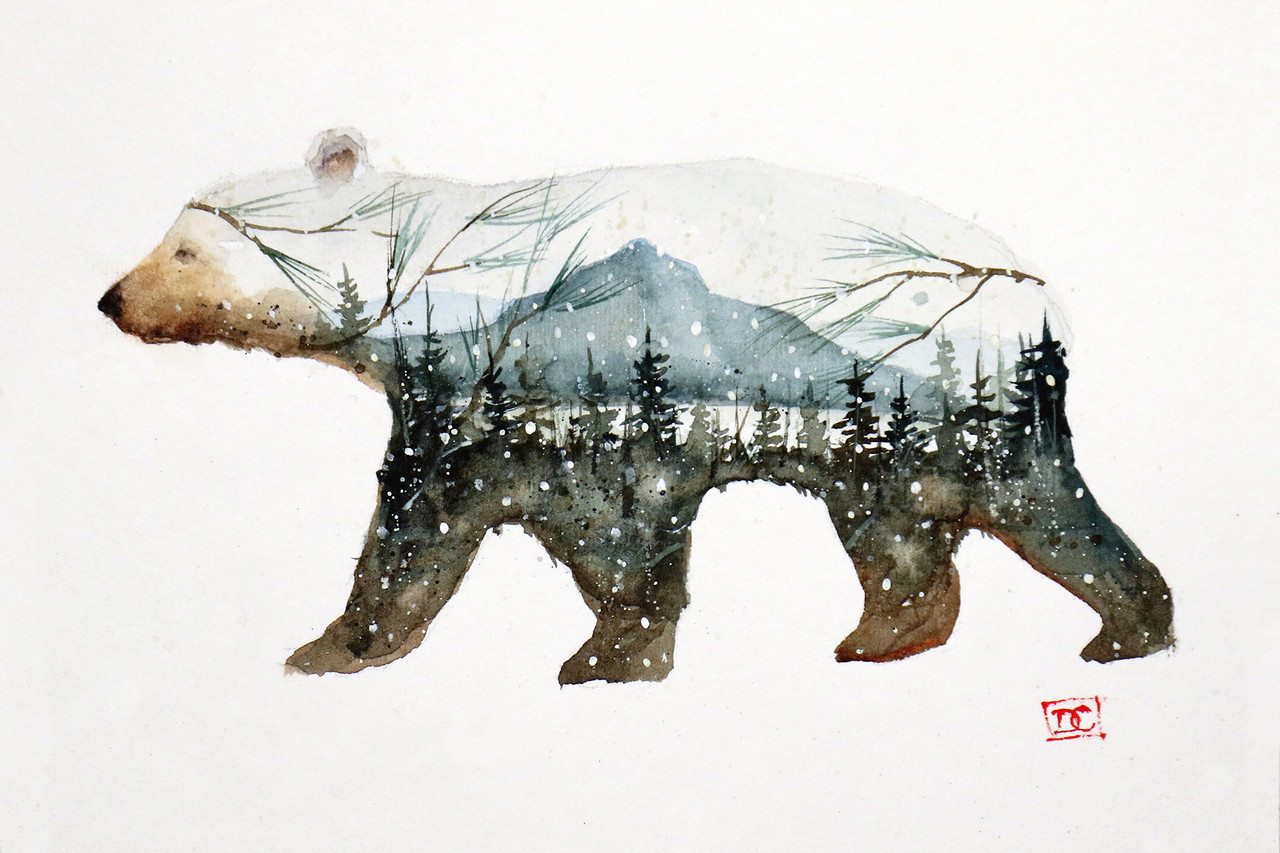Bear art finds its origins in the earliest human civilizations, where bears were revered as powerful beings and spiritual symbols. In ancient cave paintings, rock engravings, and totem poles, bears were depicted as guardians of the wild, embodying traits such as courage, protection, and fierceness. These ancient artworks served as a testament to the profound connection between humans and bears, as well as an homage to the natural world.
Read also: Bear River Hot Springs: Nature’s Warm Embrace
The Bear in Mythology and Folklore:
As civilizations developed, bears became central figures in mythological tales and folklore across various cultures. In Native American, Scandinavian, and Siberian folklore, bears often represented a blend of strength and wisdom, while in some cultures, bears were associated with the cycle of life and death. Artists incorporated these mythical elements into their works, creating intricate bear art that conveyed the essence of these captivating stories.
Capturing the Spirit of the Wild:
In the realm of wildlife art, bears have emerged as captivating subjects, celebrated for their beauty and grandeur. Artists seek to capture the spirit of the wild in their bear art, portraying bears in their natural habitats, engaged in various behaviors, or simply exuding their commanding presence. Paintings, sculptures, and photographs vividly depict the bears’ majestic stature, showcasing their place as apex predators in the ecosystems they inhabit.
Read also: The Legend of the “Cocaine Bear” Poster: A Captivating Tale of Fact and Fiction
Symbolism and Allegory:
Beyond their physical presence, bears have also been used symbolically in art to convey a wide range of emotions and allegorical meanings. Artists often use bears as metaphors for strength, resilience, solitude, or even vulnerability. In modern and contemporary art, bears have been portrayed as both gentle and fierce creatures, offering a reflection of the dual nature of life and the human experience.
Conservation through Art:
Bear art has evolved to play a significant role in promoting wildlife conservation and environmental awareness. Many artists use their creations as a means to raise awareness about the threats faced by bear populations, such as habitat loss and climate change. Through their art, they advocate for the protection of these magnificent creatures and the preservation of their natural habitats.
Conclusion:
Bear art stands as a testament to the enduring fascination humans have with these awe-inspiring creatures. From ancient times to the modern era, artists have celebrated bears’ symbolism, majesty, and untamed spirit in their creative expressions. Whether as ancient cave paintings or contemporary conservation-focused works, bear art continues to evoke a profound connection to nature and remind us of the importance of preserving the wild places where bears roam freely. In each stroke of the brush or chisel of the sculptor’s hand, bear art captures the essence of the wild, ensuring that the legacy of these magnificent animals endures through the timeless medium of art.
